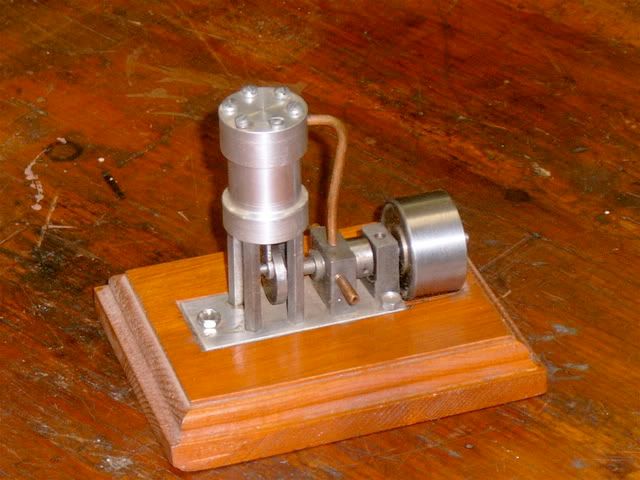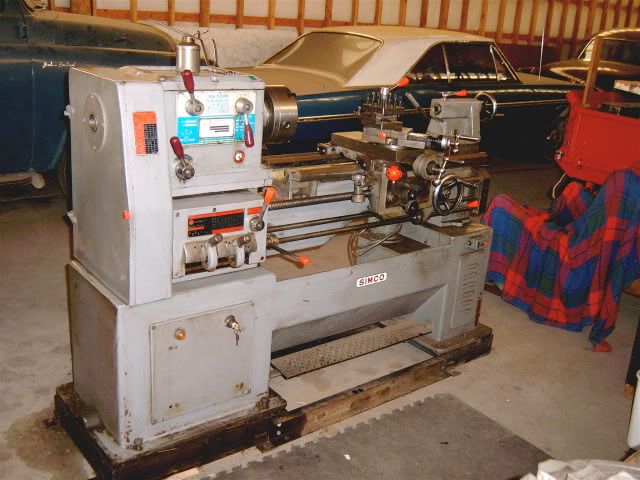dparker
In Rembrance 8/2021
- Joined
- Aug 24, 2007
- Messages
- 218
- Reaction score
- 5
Hello All: I also was at the Oregon Steamup at Antique Powerland on Saturday. (Hello Mel, glad you made it there) I have mentioned and seen mention of Marlyn Hadley in previous posts and took a few pictures to post here. I talked with the fellow behind the counter and was informed that next year there would be a DVD with a interview made up from several tapes before Mr. Hadley passed away discussing his engines, but I did notice a 1999 copy of his book elsewhere at the Steamup for $15 so a few must still be out there.






These are just a few of his engines and not the most elaborate even at that. They are building display cases for permanent display, I just hope they will allow them to be taken out and run each year for the visitors.
My friend Don B. running his model of a Portland streetcar.

There were several other models out on the grounds along with the actual produced farm engines and hundreds(?) of tractors and possibly as many as a dozen steam tractors (could not hear anything else when they all blew their whistles at noon. The Truck Museum, Fire Engine display and the Catapillar museum are very impressive. We even waited to ride on the Willow Creek Railroad behind a model steam engine. Tractor pulls, steam powered sawmill, threshing and other assorted displays were in abundance.
There will be many more model engines at the Oregon GEARS Model Engineering show on August 30 - 31 at the Kliever Armory in Portland OR (http://www.oregongears.org)
don






These are just a few of his engines and not the most elaborate even at that. They are building display cases for permanent display, I just hope they will allow them to be taken out and run each year for the visitors.
My friend Don B. running his model of a Portland streetcar.

There were several other models out on the grounds along with the actual produced farm engines and hundreds(?) of tractors and possibly as many as a dozen steam tractors (could not hear anything else when they all blew their whistles at noon. The Truck Museum, Fire Engine display and the Catapillar museum are very impressive. We even waited to ride on the Willow Creek Railroad behind a model steam engine. Tractor pulls, steam powered sawmill, threshing and other assorted displays were in abundance.
There will be many more model engines at the Oregon GEARS Model Engineering show on August 30 - 31 at the Kliever Armory in Portland OR (http://www.oregongears.org)
don











![DreamPlan Home Design and Landscaping Software Free for Windows [PC Download]](https://m.media-amazon.com/images/I/51kvZH2dVLL._SL500_.jpg)




















































